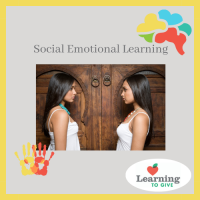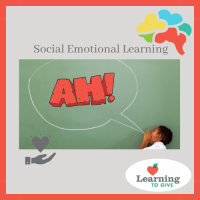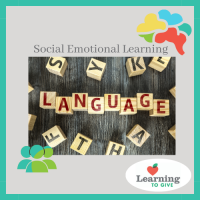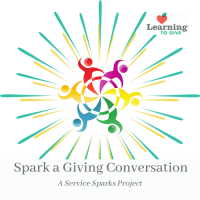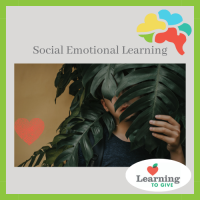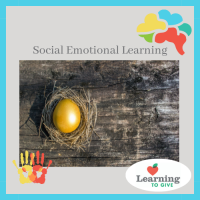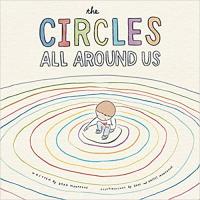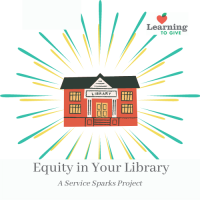The "Current Event Check-In" is an Everyday SEL practice. It is a culturally responsive version of the daily emotion check-in; it offers youth the opportunity to check-in regarding the current events in their communities. In order to have a social awareness of one’s community, youth must be able to inquire, discuss, and share their thoughts and opinions about the events in their community on a regular basis.
Many American citizens with a "hyphenated ethnicity, race, or identity" experience a double consciousness. In this activity, youth look at the hyphen from the perspective of another person, reflecting upon their own opinions about how the hyphen is used. Hyphen-Stories is inspired by an article by Dena Simmons called, "Why We Can't Afford Whitewashed Social-Emotional Learning."
In this activity young people are asked to consider how their race, ethnicity, gender, or sexuality impact how they control their emotions. This Self-Management tool asks young people to reflect upon how they regulate their behaviors and emotions. They will then be asked to discuss how race, gender, and other identity markers impact the expectations of behavior and emotion regulation from different groups. Different Strokes for Different Folks is inspired by the article, "Why We Can't Afford Whitewashed Social-Emotional Learning" by Dena Simmons.
"The Shout" is an Everyday SEL practice for encouraging young people to express their authentic emotions and use their emotions to create change. Cierra Kaler-Jones argues that “Righteous anger has long been used as a tool to fuel movements that have and continue to propel our nation forward towards justice. To tell students to not harness their anger is to tell them their rage isn’t warranted.”
Language holds the power to unite or divide us, and we may unknowingly use language that excludes or offends our listeners. The language used at home, on TV, in Music, and in the Media often contains insensitive or divisive language with the potential to offend. Youth can identify and make an effort to use more inclusive language instead. By managing their own language, youth can serve as models for their peers and others in their community.
Ignite meaningful action that lights up the world through "Service Sparks" youth projects! Spark a conversation about giving and generosity. Follow this simple guide to talk about generous action for the good of all. One conversation may spark another and spread generosity like ripples in the larger community. A great lead-up to the holidays and #GivingTuesday.
Identity self-portraits create opportunities for self-understanding by encouraging youth to reflect on different facets of their identities. Participants illustrate their visible and invisible identity markers, reflect upon how these identities interact with how they perceive themselves and how they are perceived by others.
This activity encourages youth to discuss the power of privilege. Participants will understand how their perspectives, identity, and values influence their decisions in this activity. They will also understand that privileges are social constructs, A social construct is something that exists not in reality, but as a result of human interaction. It exists because humans agree that it exists.
Draw a circle around yourself and consider the love you have inside. Then consider what happens when we share that love with the world. “The Circles All Around Us” challenges the reader to open themselves up to others and in doing so, make the world a better place.
Literature...
Ignite meaningful action that lights up the world through "Service Sparks" youth projects! Do you have a culturally diverse library? Use a spreadsheet to analyze and discuss the cultural representation of a library's collection. Look for gaps and make a proposal to grow the diversity of the books and challenge yourself and others to learn about people and the world from different perspectives.

